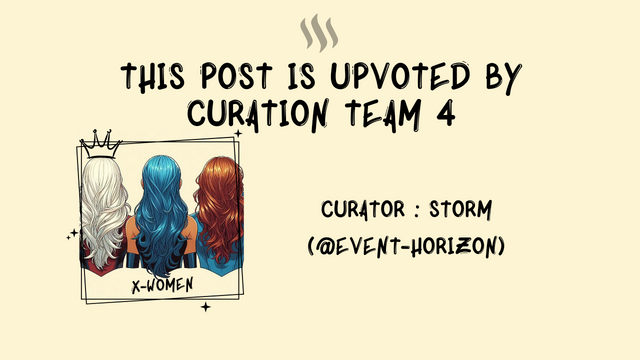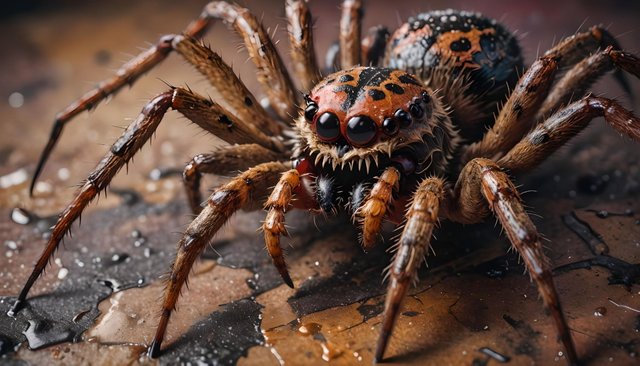AI and Macro Photography
I've been playing with the NightCafe AI for the last several months. I enjoyed the program at first, but I am slowly growing tired of looking at fake images.
Nightcafe gives users free credits for voting for posts in a daily challenge. Yesterday's challenge was titled MacroPhotography. Users of the site generate a huge number of fake macro photographs of bugs, flowers and other common subjects of macro photography.
I found this challenge particularly upsetting because the primary use of macro photography in the scientific world is to study details that are not visible to the naked eye. For example, to identify plants, one will examine the patterns and shapes of the leafs and how the leaves protrude from the stem. One often investigates the pistils and stamen of the flowers.
People who study bugs will count the number of legs, eyes and wings.
An AI generator doesn't know these things. AI image generators know how to make images compelling.
I asked AI to generate a picture of spider with scary teeth. The image is scary. I would hate to find this thing crawling up my legs.
The image has an unreal number of legs. It has an unreal number of eyes and teeth that simply don't make sense.
So, while the image is compelling. It does not improve my understanding of the world.
These AI images are pouring out into the world. NightCafe averages over 5,000 entries for its daily challenge. It is common for users to create a half dozen images before settling on the image to enter in the competition. Users created tens of thousands of fake images for this one challenge.
Since AI is focused on creating compelling images. A huge number of the images have incorrect information.
I asked Google's Gemini AI "How many AI images are generated a day." It answered, authoritatively, 34 million and growing.
Many of these are escaping and becoming part of our collective knowledge base.
AI is Built into Cameras
Traditional macro photography was difficult. It involves expensive lenses. Macro photography, by definition, involves taking pictures of small areas, one would need controlled lighting to get a great picture. It is common to use an extremely narrow depth of field.
Many modern cameras include AI. So, when you take a photo, the camera's software will process the image to create a compelling image.
When you take a macro photograph with a new smart phone, the image will come out great.
This happens because the camera knows how to produce a great looking image.
To a large extent, the camera's software is just cleaning up the image. Since camera company's compete on the perceived quality of an image, modern cameras might be deceiving the user.
Anyway, staring at all of the fake images generated by AI has me feeling queasy. It is like a scary spider with too many legs, too many eyes and sharp teeth is crawling up the limbs I've dangled in cyberspace.

